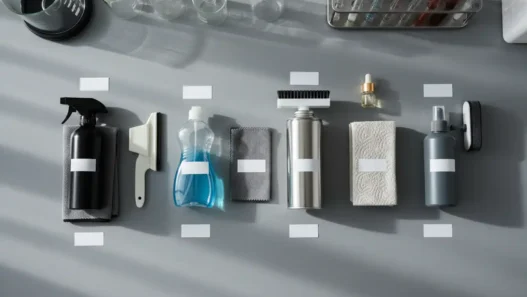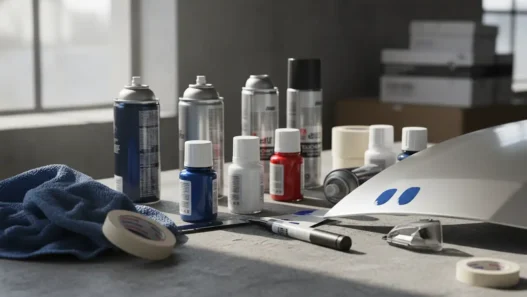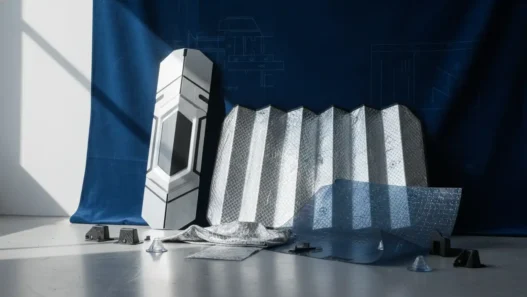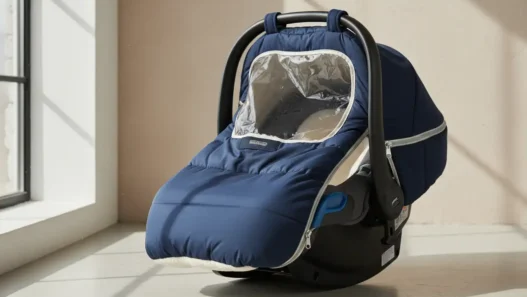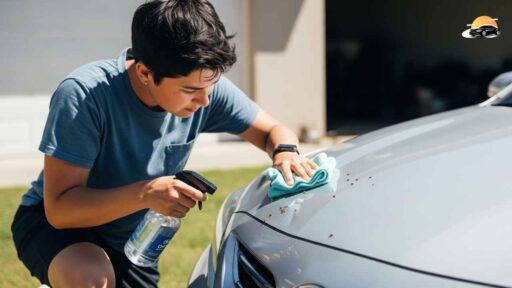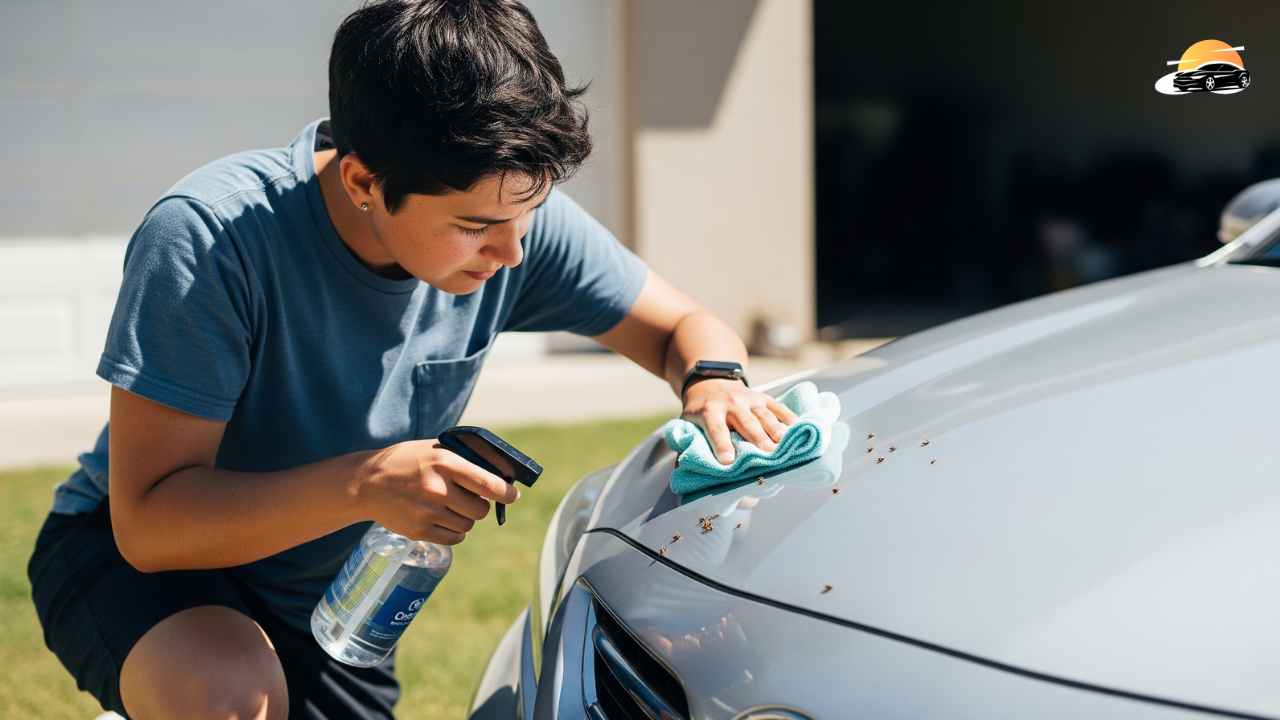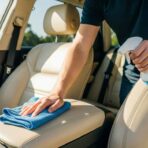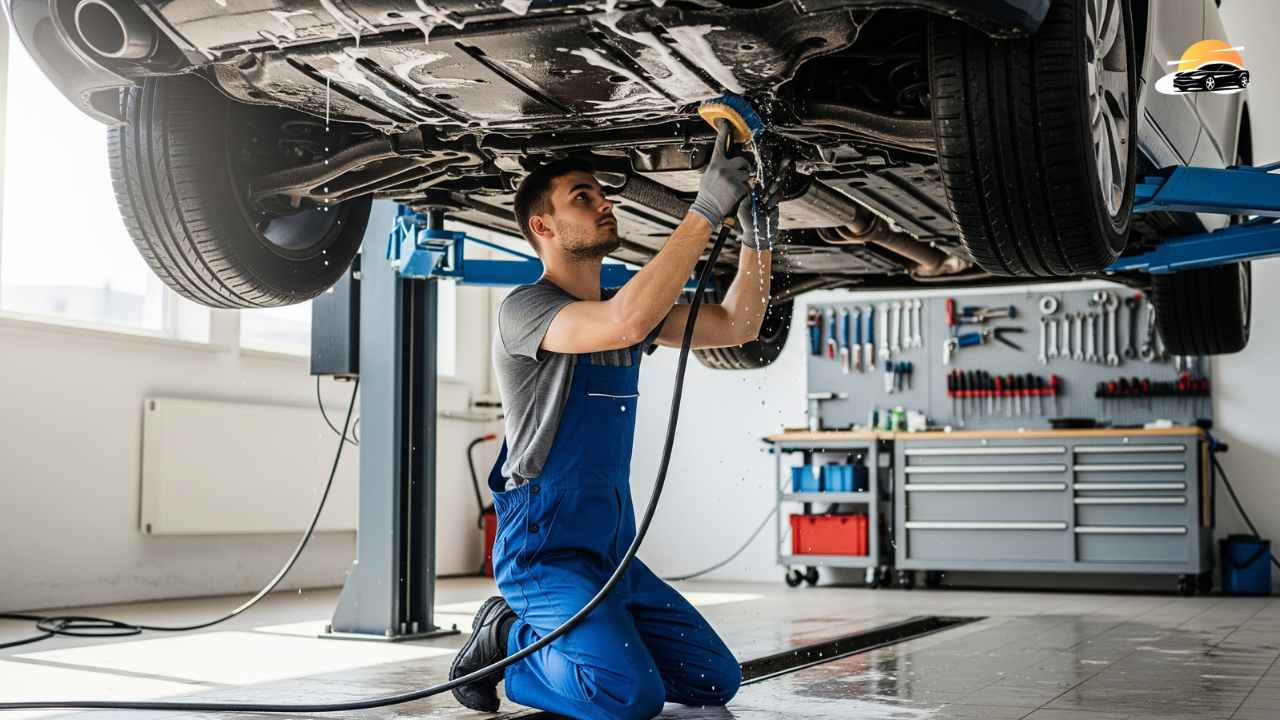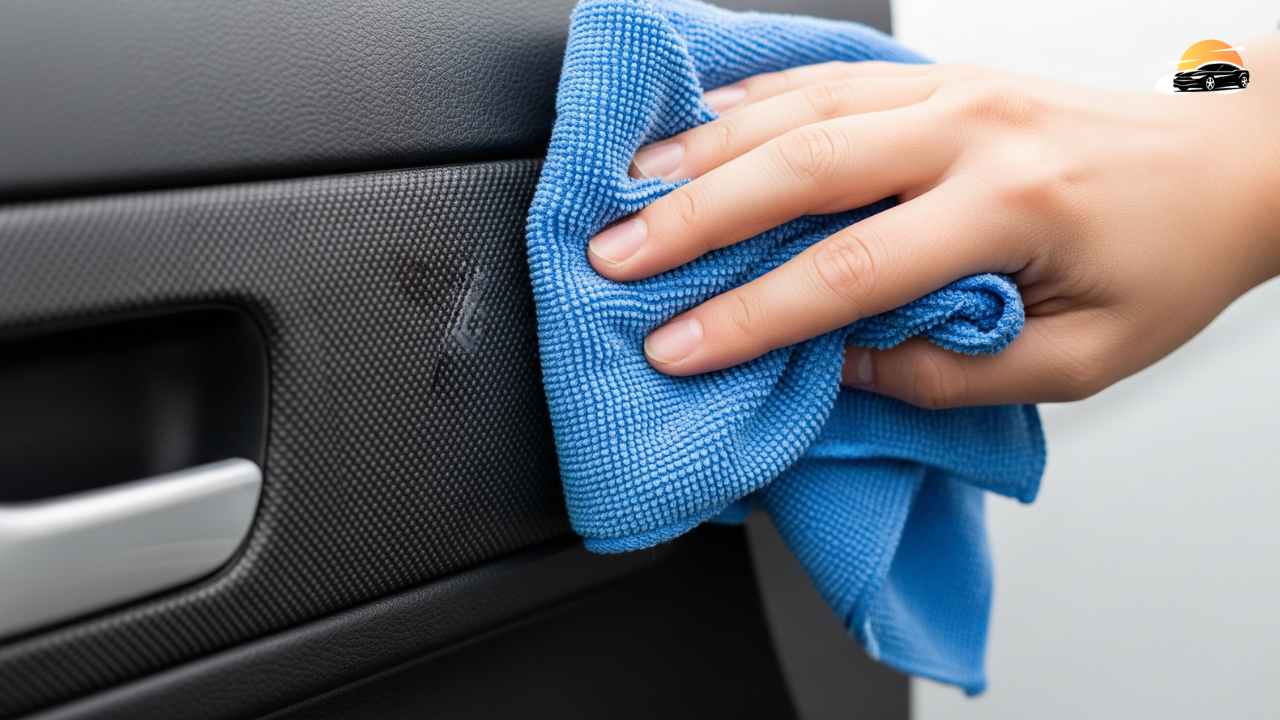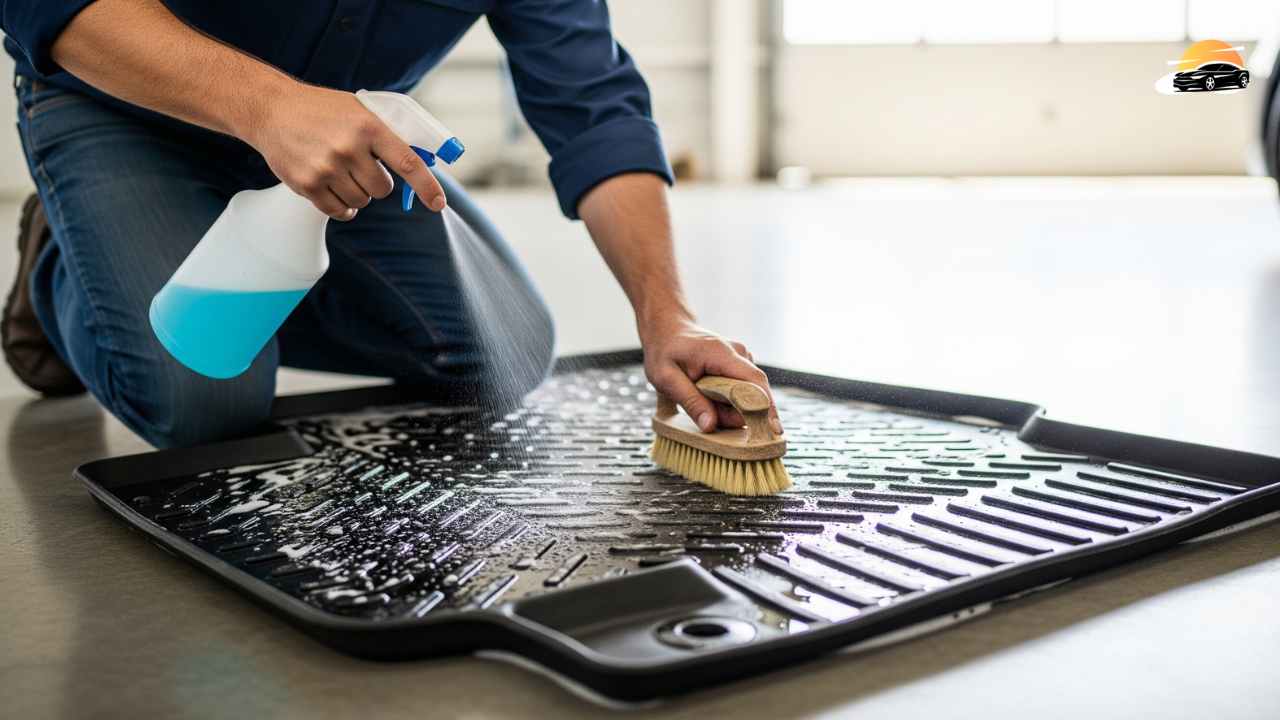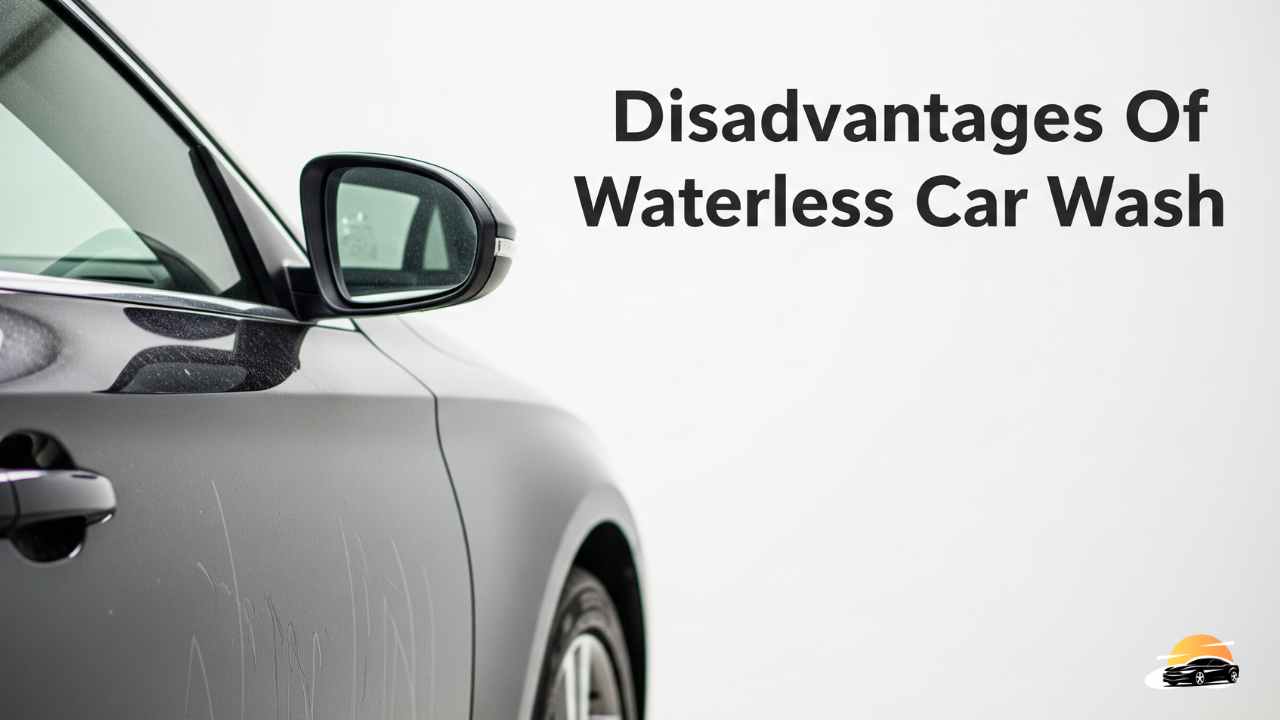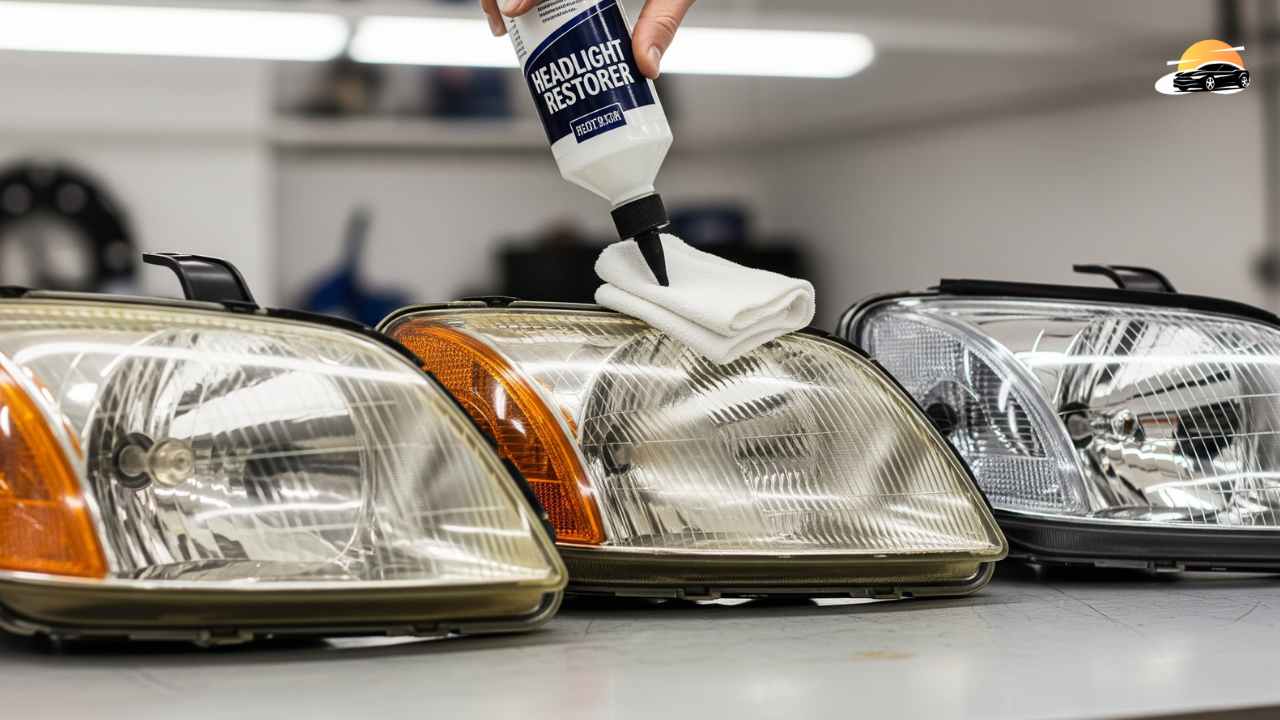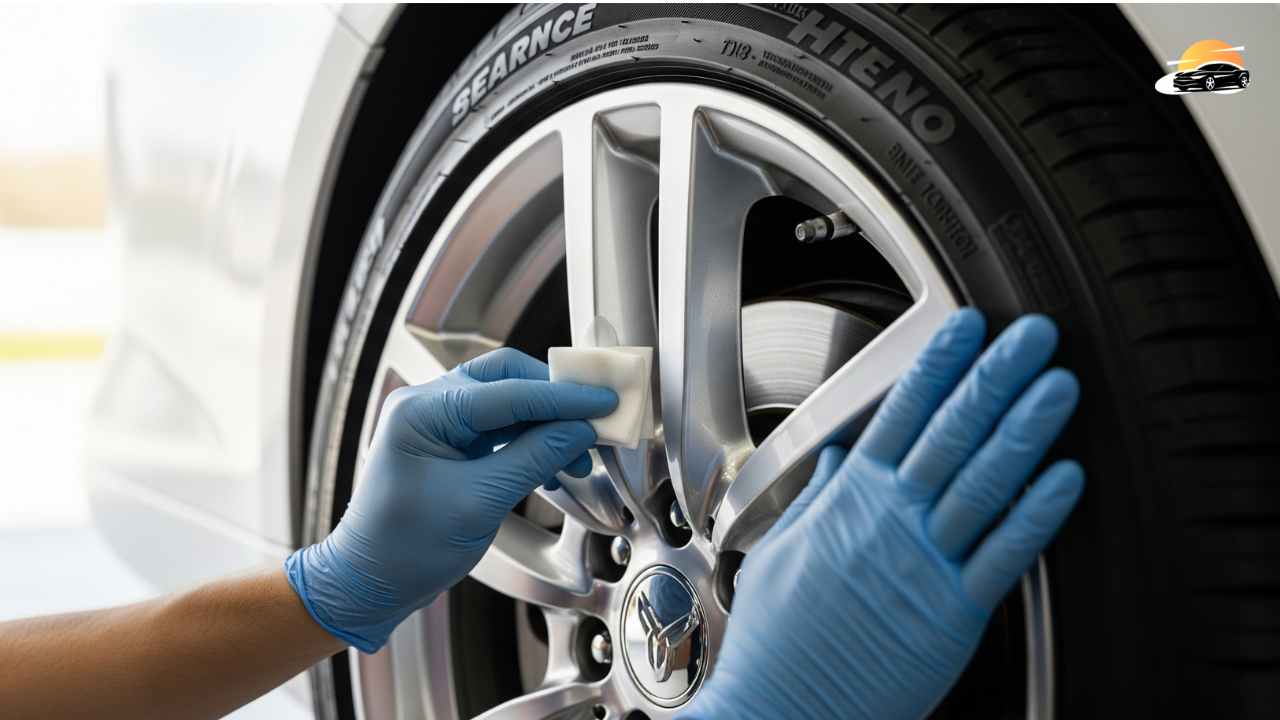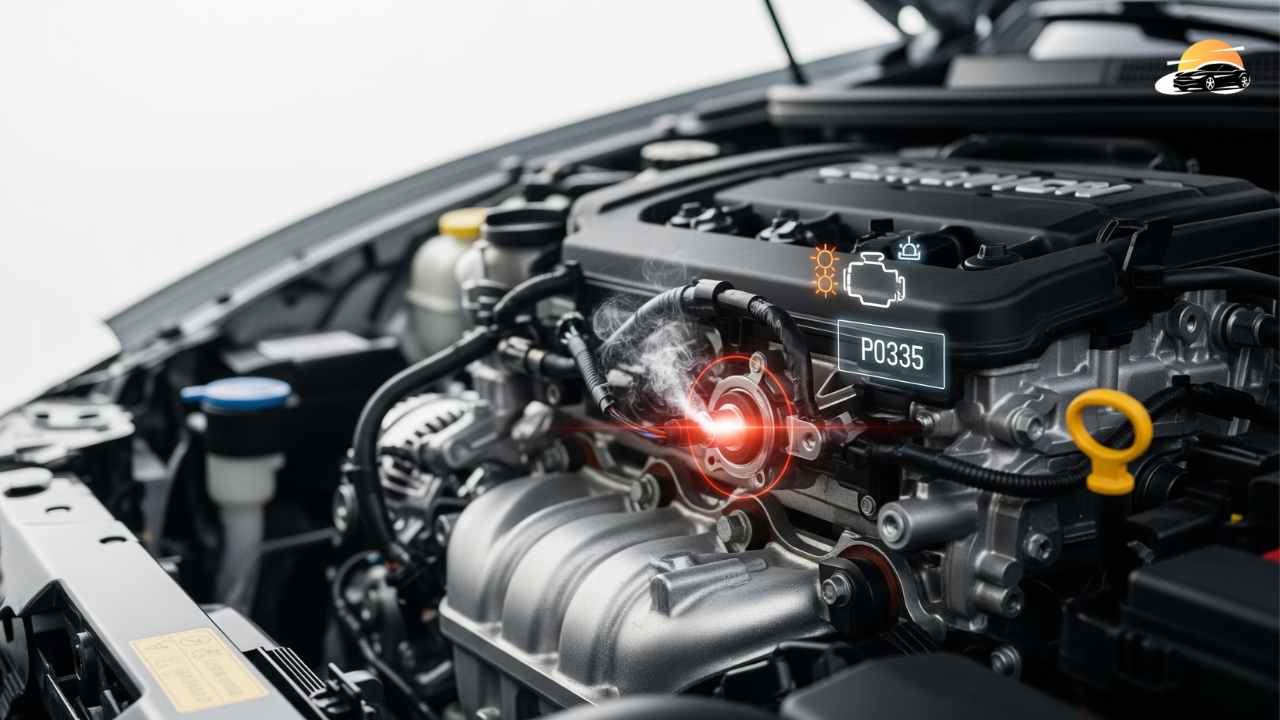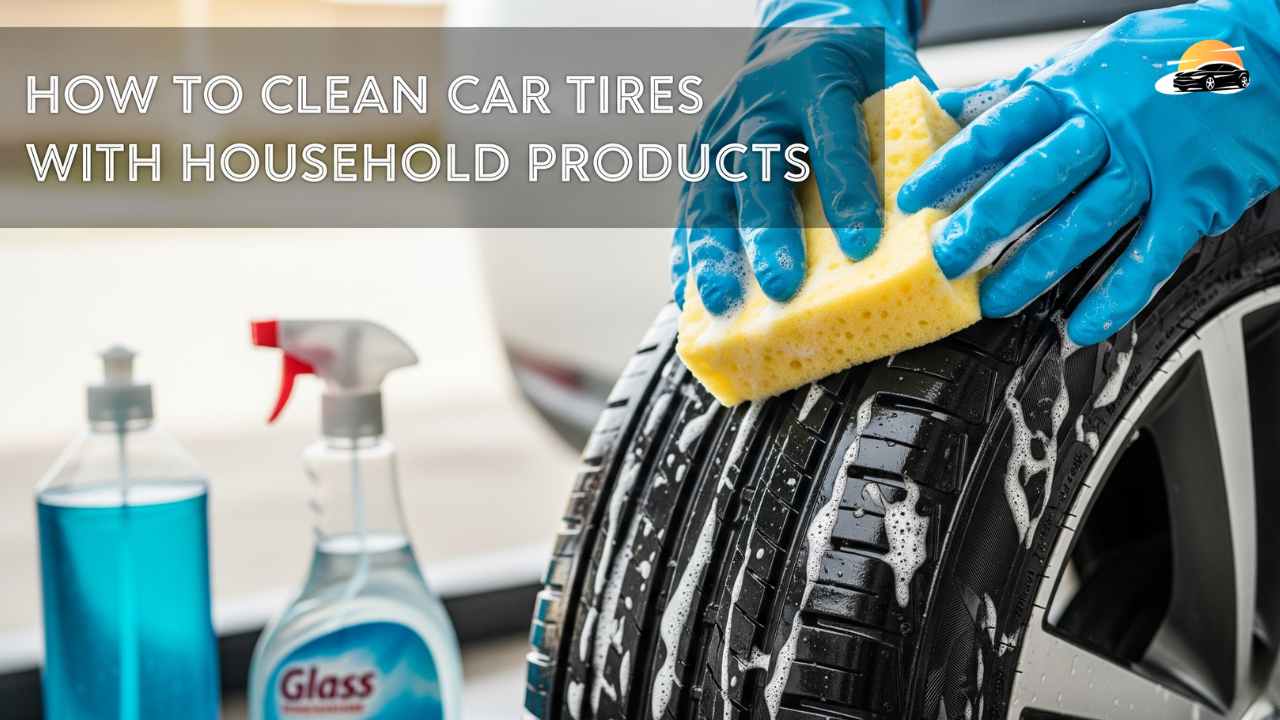How to Remove Bugs From Car Without Damaging Paint Becomes $3.2B Industry Battleground: Meguiar’s Leads as Consumers Push Back
Annual U.S. car care product sales surged past $3.2 billion in 2024, driven in part by something as mundane as bug splatter. Once a seasonal annoyance for highway drivers, bug removal has grown into a goldmine for detailing companies and chemical manufacturers.
Yet, consumers are skeptical. Drivers want products that protect glossy finishes but don’t eat away at the clear coat. Retail shelves today overflow with “bug and tar removers,” foams, sprays, clay bars, ceramic coatings—all promising the same thing: protection without paint damage. But is the industry selling peace of mind or simply exploiting routine frustration?
That dilemma affects millions of drivers, from everyday commuters in Florida to high-end collectors in California. It also shapes the strategies of public and private companies from 3M’s consumer division to specialty detailing firms like Meguiar’s (owned by 3M) and Chemical Guys, each promising solutions for a sticky, acidic problem.
The Data
Let’s start with some cold facts. The automotive surface care sector isn’t shrinking, it’s expanding:
According to Statista, the U.S. automotive appearance chemicals market hit $3.2 billion in 2024, up nearly 7% from the prior year.
A 2023 AAA survey found that 67% of drivers report bug splatter as their most common exterior cleaning frustration, second only to road salt in cold weather.
Analysis from IBISWorld notes that 17,562 small businesses in the U.S. specialize in car detailing, with bug removal among the top three requested exterior treatments during spring and summer.
Here’s the thing: bug remains aren’t just unsightly. Studies from the University of Dayton show that insect enzymes are acidic enough to etch clear coat within 48 hours, especially when combined with UV heat. In other words, what starts as splatter ends as permanent “ghosting” on a hood or bumper.
This chemical reality adds authenticity to what might otherwise seem like marketing hype. But it also raises questions: are the big players providing real solutions, or just encouraging more frequent purchases?
Why Clean Bugs, Tar, and Tree Stuff Off Fast?

You might shrug and think, “A couple bugs and some sticky spots—what’s the big deal?” Here’s the thing: dead bugs, tree sap, and tar aren’t minor inconveniences. Left alone, they’re basically slow-motion paint killers.
Bug guts are acidic. When insects splatter on your hood, their insides aren’t neutral. They’re acidic, closer to citrus juice than harmless goo. Exposed to sunlight, that acid starts etching through the clear coat and, over time, can dull or even stain the base color. This isn’t theory—body shops quietly agree that bug damage is among the more common reasons cars lose their shine too soon.
Tar is another headache. Road construction leaves behind tar that sticks like industrial glue. If it hardens and you try scraping it off, chances are you’ll gouge tiny scratches into the paint. And once those micro-scratches exist, dirt and moisture settle in, making things worse.
Tree sap isn’t innocent either. It drips, hardens, and turns into a glossy bump that feels impossible to remove. Once baked on by the sun, sap bonds with the paint in a way that—this smells like—manufacturers would rather you not think too hard about. Sources say even commercial car washes often fail to remove fully hardened sap without repeat treatments.
Bottom line: act fast. Wash off this stuff before it bakes in. Otherwise, you’re not just cleaning a car—you’re slowly negotiating with permanent stains and avoidable trips to a detailer.
The People

Industry insiders frame the debate differently.
“A bug remover is not just soap, it’s chemistry tuned for speed,” said a former marketing executive at Meguiar’s who requested anonymity due to NDAs. “If you don’t neutralize the enzymes quickly, the paint suffers. But here’s the problem—the harsher the cleaner, the higher the risk of stripping wax or sealant.”
That tradeoff fuels competition. Chemical Guys leans hard on “enthusiast trust,” promoting its enzyme-based sprays through social media car culture. Turtle Wax, the century-old staple, continues to dominate big-box retail with accessible pricing, while 3M positions Meguiar’s as the “professional grade” option.
Consumers, however, aren’t entirely convinced. Online car forums routinely debate whether DIY solutions—warm water + baking soda, or even dryer sheets—are safer than branded chemicals. On Reddit’s r/AutoDetailing, one user wrote recently: “Half these sprays feel like window cleaner rebranded for cars. No proof they’re safer than dish soap.”
That skepticism matters. Because car care isn’t just product shelf space, it’s brand equity built on trust.
Special Tools and Sprays for Bug Removal
Sometimes a bucket of soap and water just won’t cut it—especially if those bugs have been baked on for days under the sun.
Bug and Tar Cleaner Spray
Let’s be honest: the name isn’t subtle. These sprays are designed for exactly one thing: breaking down the sticky proteins and resins in bugs (and tar) without eating through your car’s clear coat. Spray it, let it sit for a few minutes (instructions vary, so don’t just wing it), then wipe. Effective? Usually yes. Overpriced? Somewhat, depending on the brand.
Soft Cloths / Microfiber Towels
If there’s a single “must-have” in the car care aisle, it’s microfiber. They trap water, grab dirt, and won’t scratch paint the way paper towels absolutely will. One small caveat: reuse them too many times without proper washing, and suddenly they’re about as gentle as sandpaper.
Car Wash Soap
This is less flashy, but still a player. A good soap adds slickness to the wash process, which helps lift bugs without grinding them into your paint. Honestly, it’s the baseline—you need this before any fancy cleaner spray.
Household Hacks People Swear By
Here’s the thing: not everyone wants to spend $12.99 on a bottle of “bug remover.” So DIY tricks float around garages and forums. Some work, some—well—smell like bad advice in disguise.
Soapy Water
It’s basic, but sometimes that’s all you need. A bucket of warm, sudsy water with real car wash soap can loosen bugs before they fossilize onto your hood.
Dryer Sheets (Wet)
This one’s controversial. People swear that a damp dryer sheet softens bug remains, thanks to the mild surfactants built in. But if you press too hard, that same sheet can leave micro-scratches. If you try it, keep it soaking wet and rinse well afterwards. Risk vs. reward applies.
WD-40 (Extreme Caution Required)
Yes, some car owners swear by WD-40 for bug removal. But let’s not kid ourselves: it’s not a “car care product.” It’s an oil. Which means it leaves residue that attracts more dirt if you don’t wash it off immediately. If you go this route, spray a cloth lightly (never the car directly), wipe, and then scrub the area with soap and water right away. Anything less, and you’ve traded bug guts for an oily dust magnet.
The Fallout

So what’s at stake? For one, premium paint protection services.
Professional detailing shops now bundle bug removal with ceramic coating packages ranging from $800 to $2,500. Their pitch: protect once, then stress less. Analysts note that ceramic-treated vehicles resist etching longer, but not indefinitely. “It slows down damage. It doesn’t eliminate it,” said Sarah Klein, a detailing industry analyst at Frost & Sullivan.
Meanwhile, investors are watching consolidated players like 3M. After announcing plans in 2024 to spin off its consumer health division, 3M is under pressure to show growth in consumer products. According to Bloomberg Intelligence, Meguiar’s sales grew 9% YoY in North America, beating the broader market. But competitors warn that consumer fatigue could set in.
“This smells like over-segmentation,” one rival distributor told Forbes. “Do we really need a separate product for bugs, tar, tree sap, and bird droppings? At some point, consumers stop believing in the differentiation.”
Still, the fallout for consumers is real. Those who ignore bug splatter risk costly repaint jobs—averaging $1,200 to $4,500, according to Kelley Blue Book’s 2024 repair guide. That’s why the market exists. The fear of long-term damage outweighs skepticism, ensuring products fly off shelves each summer.
At the macro level, expect ripple effects in retail. AutoZone, Advance Auto Parts, and Walmart have carved entire endcaps around bug-removal seasonality. Private-label products (cheaper, often less effective) are eating into premium brand margins, forcing big names to invest more heavily in marketing than formulation.
How to Protect Your Car from Bug Marks (Without Falling for the Hype)
Let’s be honest, no product out there makes your car completely bug-proof. If a brand tells you otherwise, that’s just marketing perfume. Still, you can stack the odds in your favor and keep your paint looking decent without turning into the guy who details his car three times a week.
Wax Your Car Regularly
Here’s the thing: wax isn’t magic, but it works. A proper coat—whether traditional wax or a more modern paint sealant—creates a slick layer. Bugs, tree sap, and tar won’t grip as easily, and when they do, they’ll come off with half the elbow grease. Think of it as sunscreen that also gives your car a shinier finish. Sources say even one coat every few months makes a big difference.
Paint Protection Film (PPF)
This is the pricy option, essentially a clear wrap that clings to your car’s surface. It shields against bug guts, stone chips, and those sneaky micro-scratches you notice only in direct sunlight. Yes, it can cost as much as a short vacation, but if you drive thousands of highway miles a year, the math might check out.
Bug Deflectors (aka Shields)
These plastic add-ons sit at the leading edge of your hood. They don’t look glamorous, but they do tweak airflow, sending some of the kamikaze bugs up and over your windshield. It’s not a perfect fix—think “fewer messes,” not “no mess at all.”
Wash Early, Wash Often
Bug acids and tree sap don’t wait politely; they etch into the paint if left alone. The faster you wash them off, the less long-term damage you’re staring at later. A quick rinse within a day or two beats a full correction job months down the line. And yes, skipping just one weekend can make things a lot worse than you’d think.
Bottom line: there’s no one-size-fits-all hack. Wax is cheap and effective. PPF is serious protection at a price. Bug shields sit in that in-between category. Combine regular care with one of these—and your car will stay cleaner, longer, without you buying into miracle claims.
Closing Thought
The battle over bug splatter might seem trivial, but it cuts to the core of modern car ownership—consumers want low-maintenance finishes without recurring costs. With paint repair expensive and consumer trust fragile, the industry walks a fine line between innovation and opportunism.
The question now isn’t whether drivers will buy bug removers; they already do. The real question is: Will consumers stick with legacy brands, or will frustration over “overhyped sprays” push them toward DIY fixes and ceramic permanence?
If 3M and others can’t answer that, their glossy growth projections may dull faster than a summer bumper on I-95.


